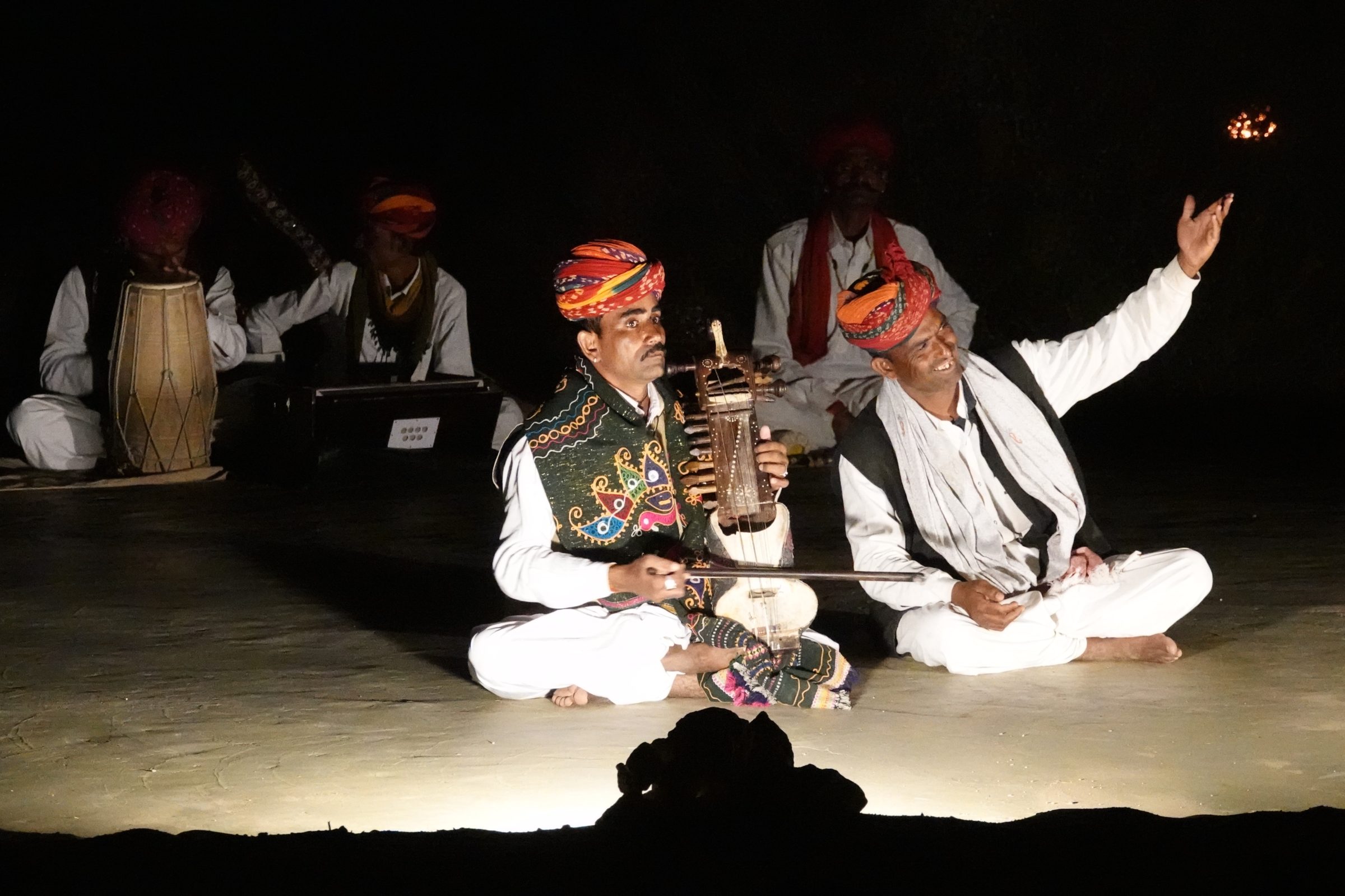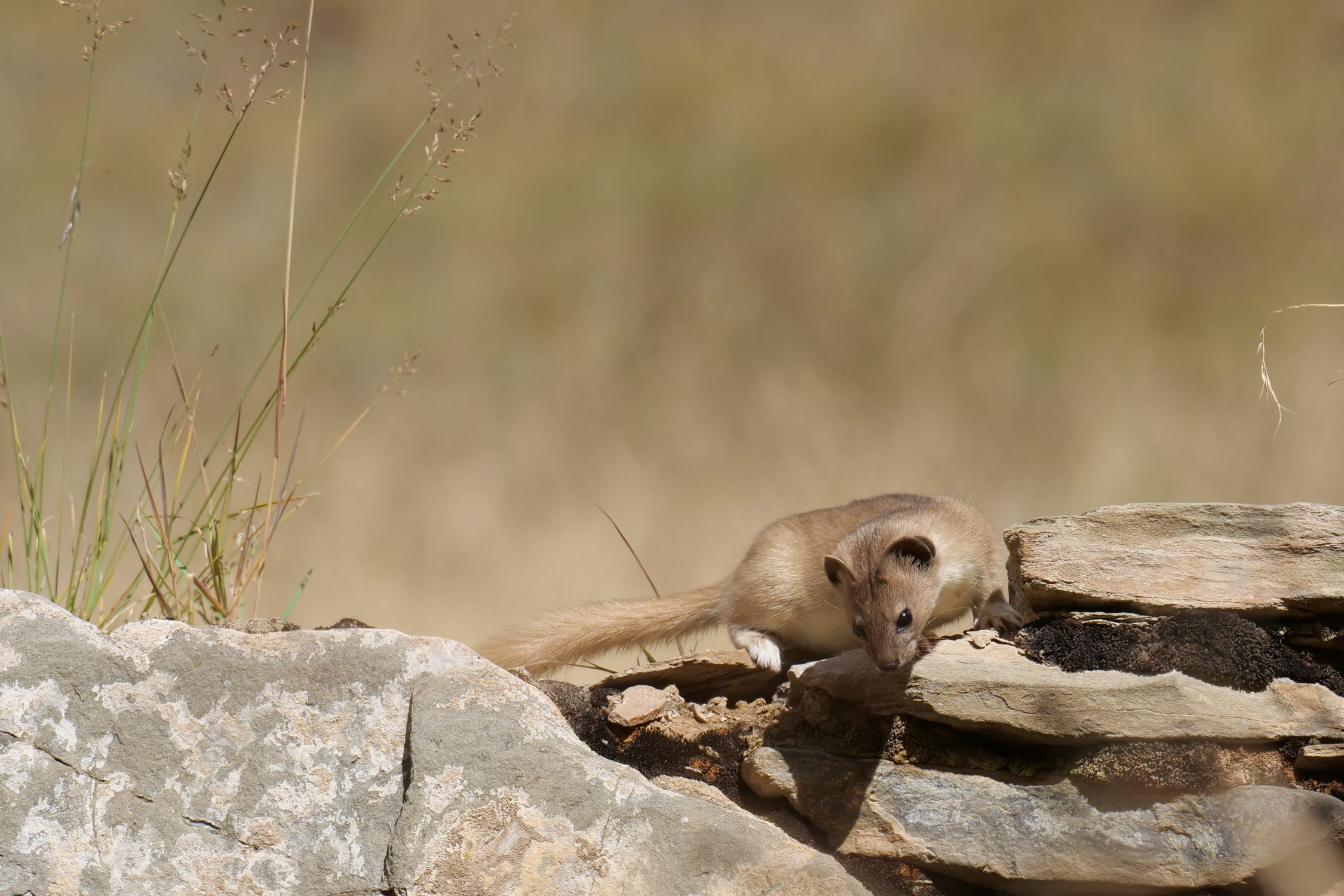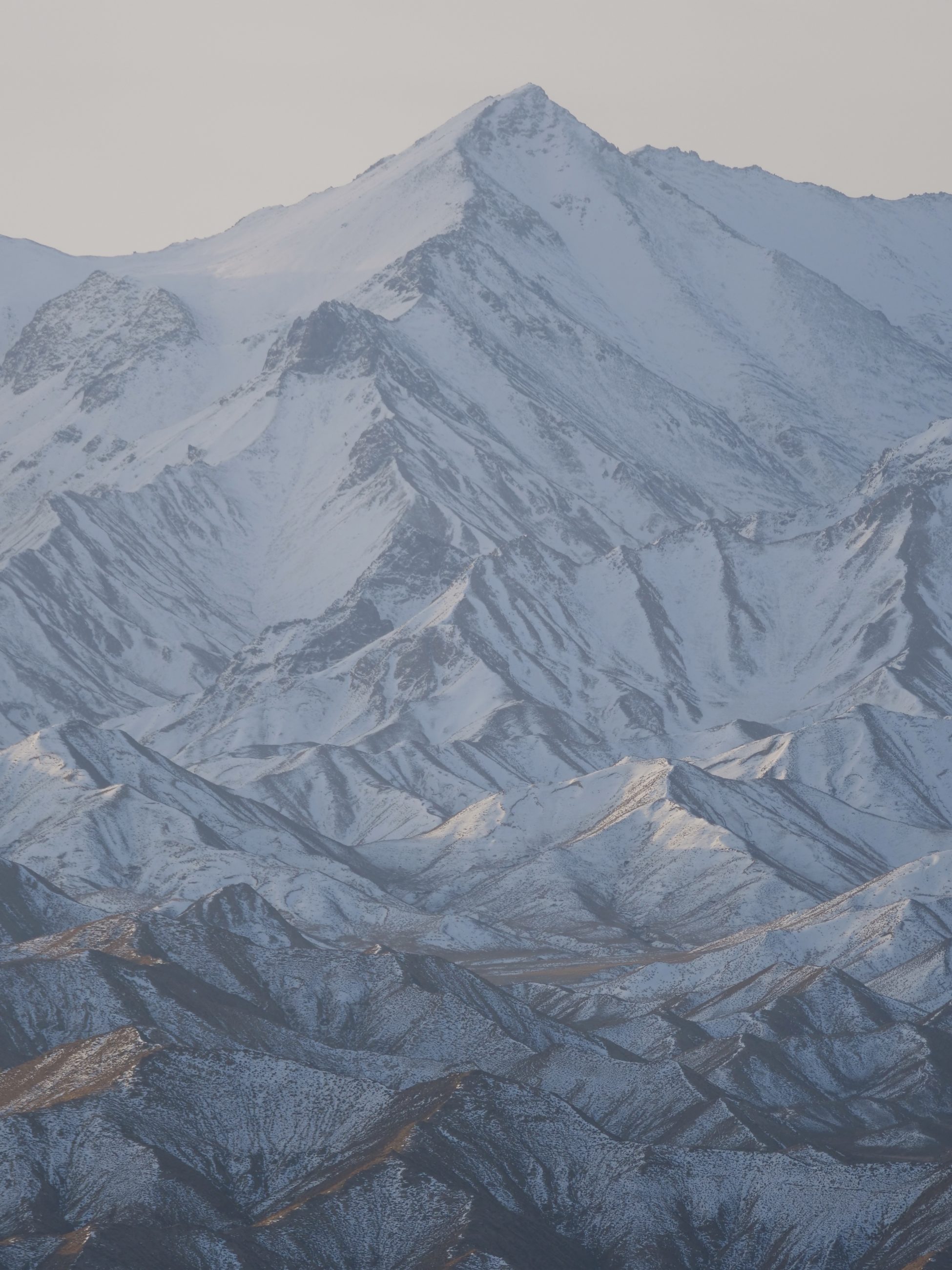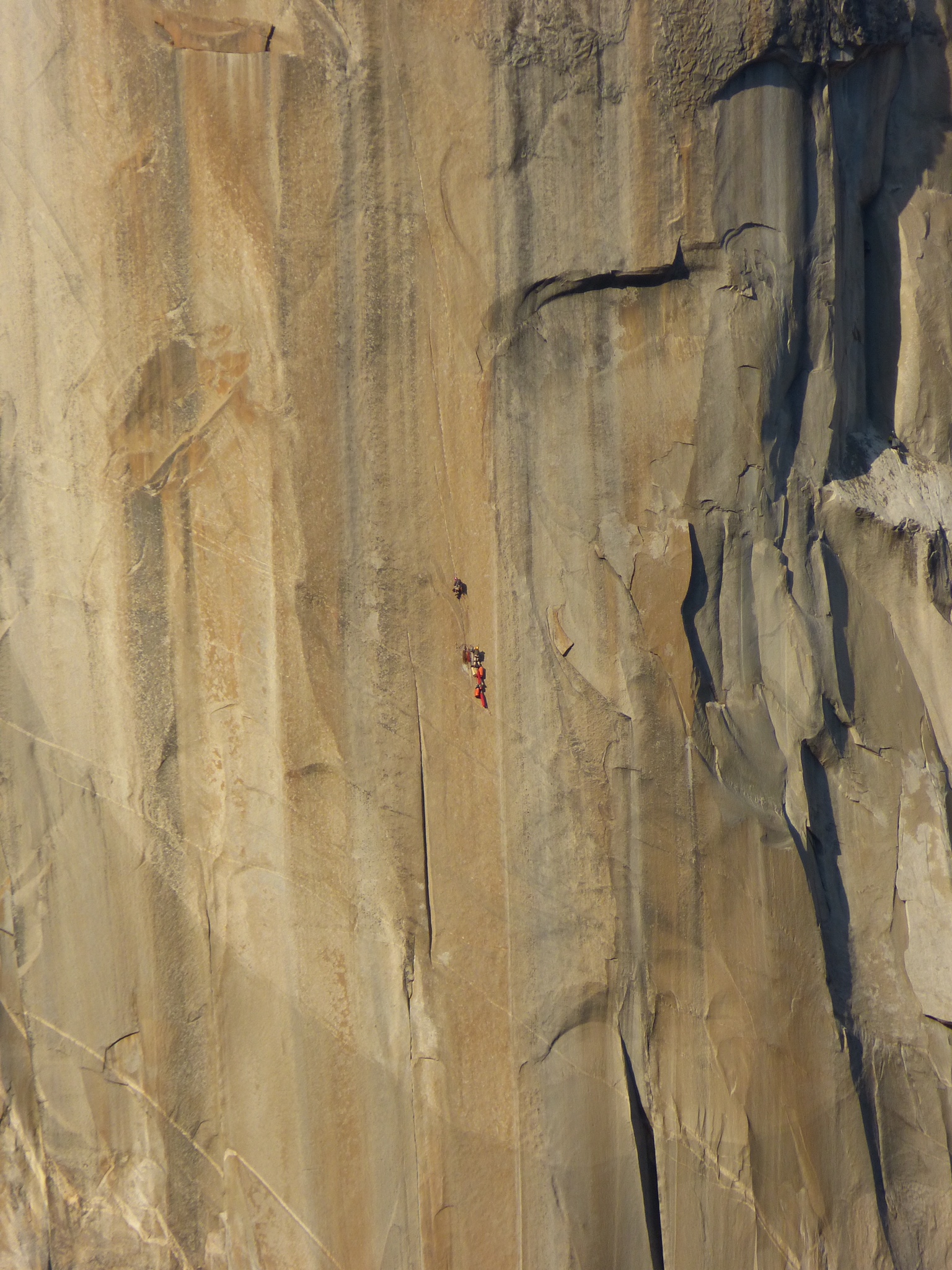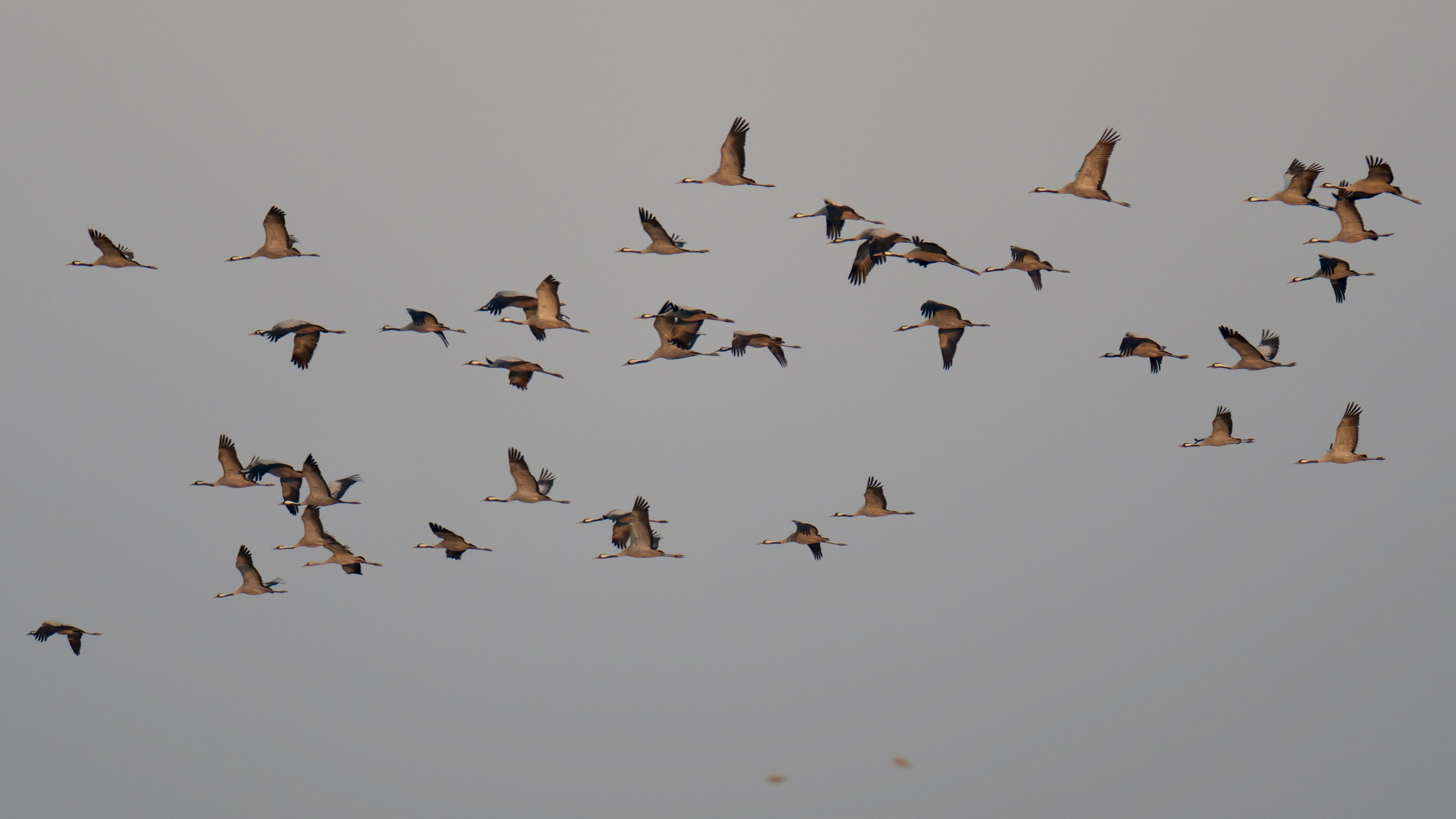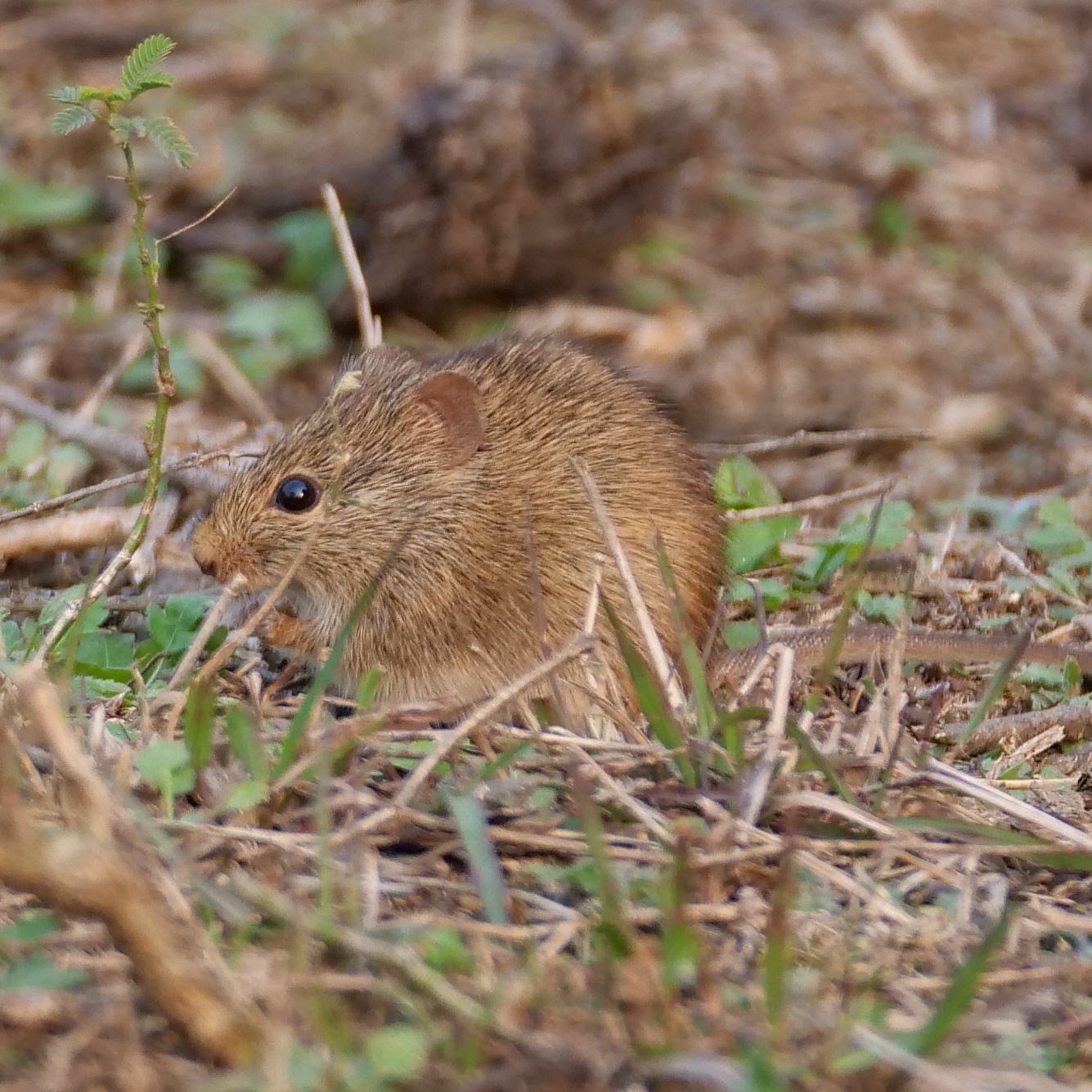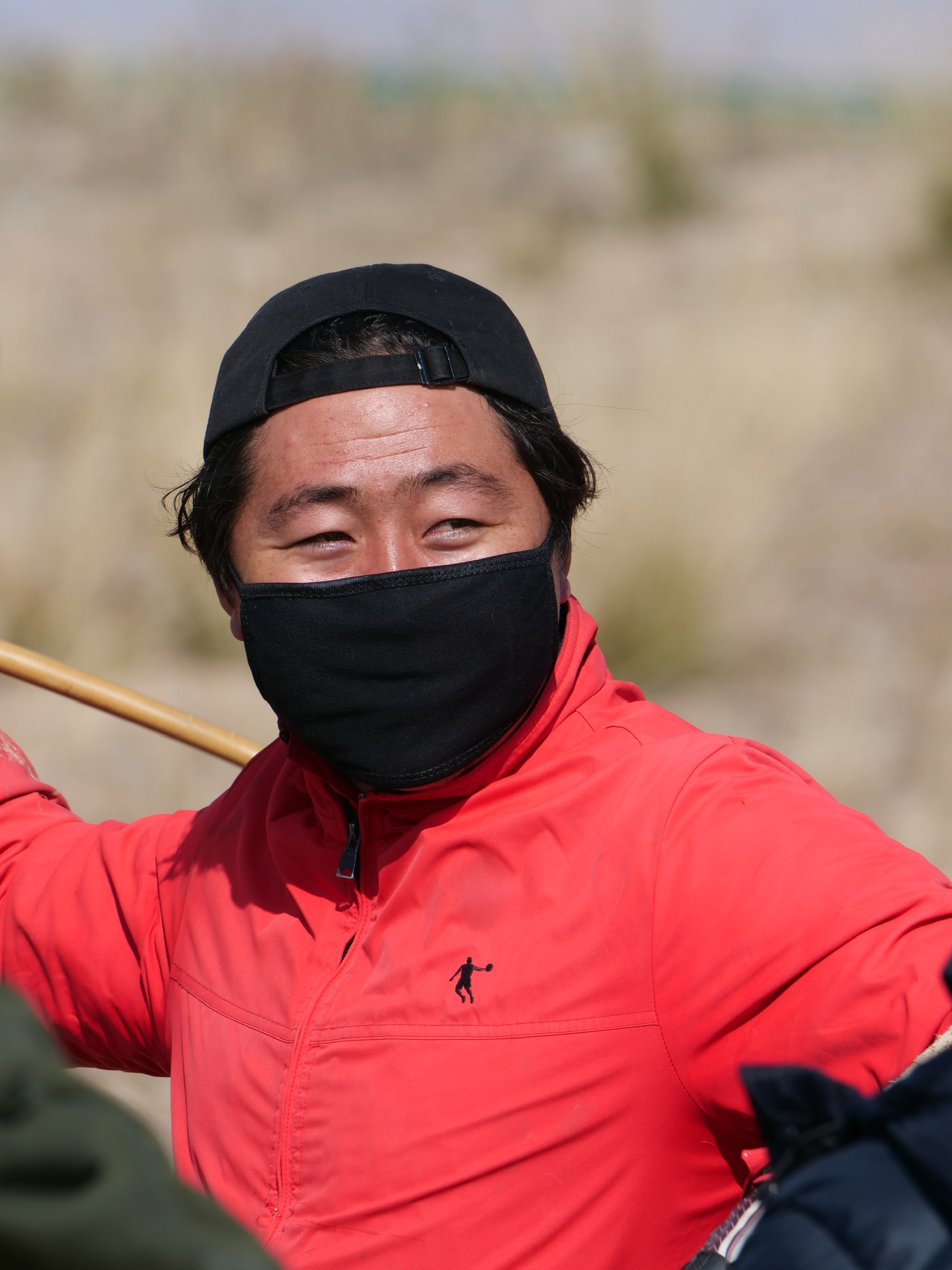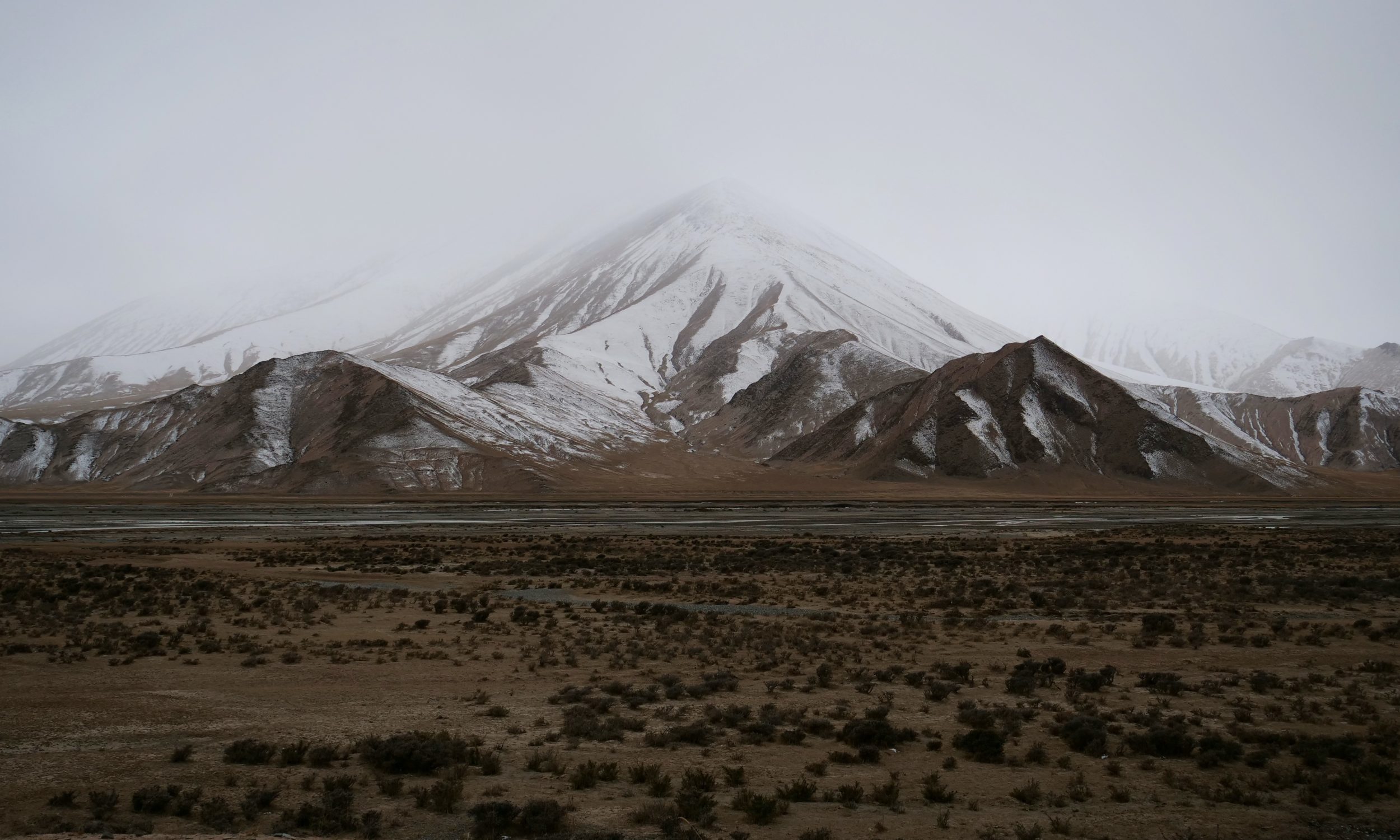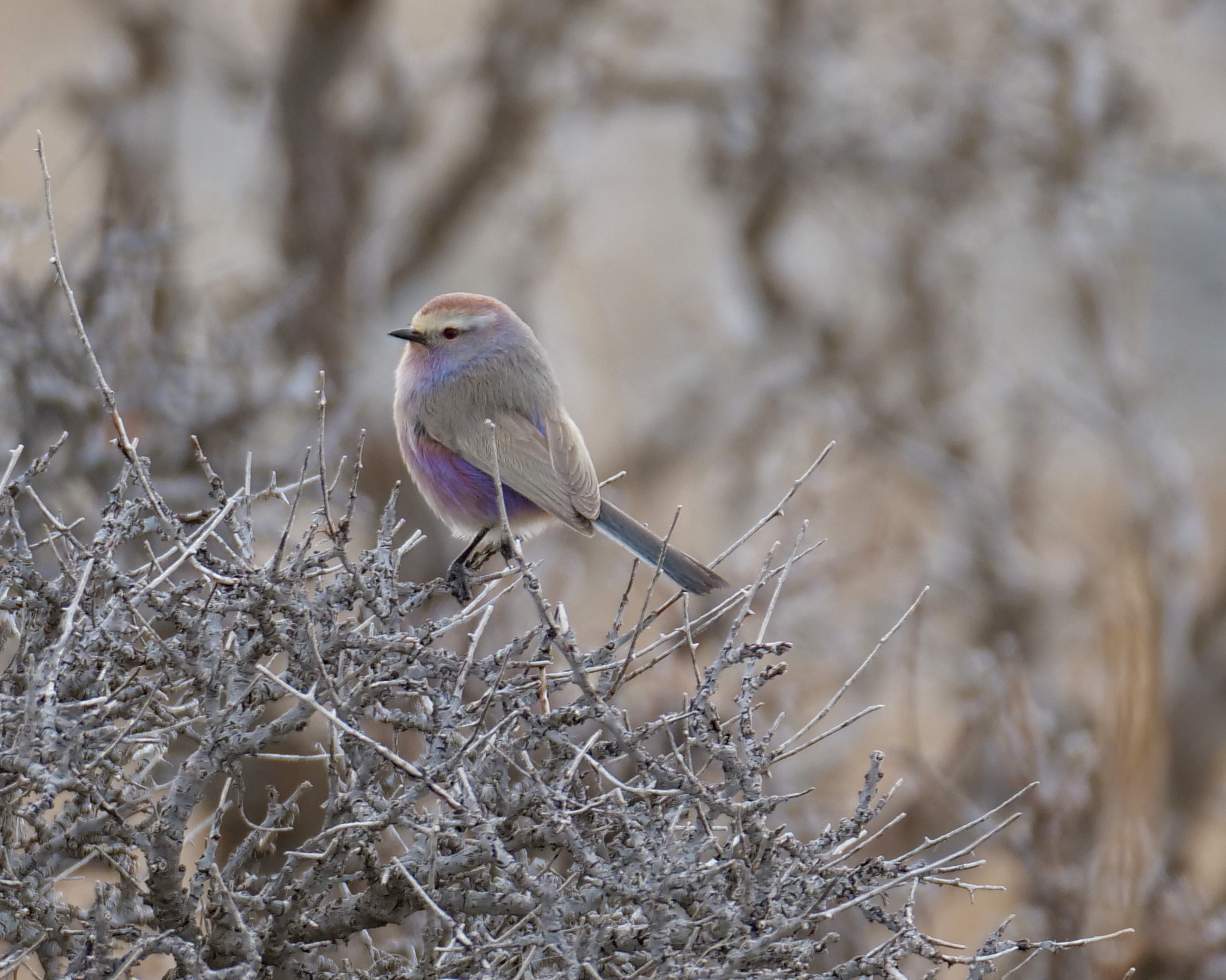This post’s headline is the name of an excellent, albeit US-centric & Western “pop”-centric, article by Ted Gioia.
As he notes:
The song catalogs in most demand are by musicians who are in their 70s or 80s (Bob Dylan, Paul Simon, Bruce Springsteen) or already dead (David Bowie, James Brown).
This post’s photo is a reminder that in 2022 the “Music Biz” also resolutely ignores much of the world’s remarkable “old” music…
Comments closed